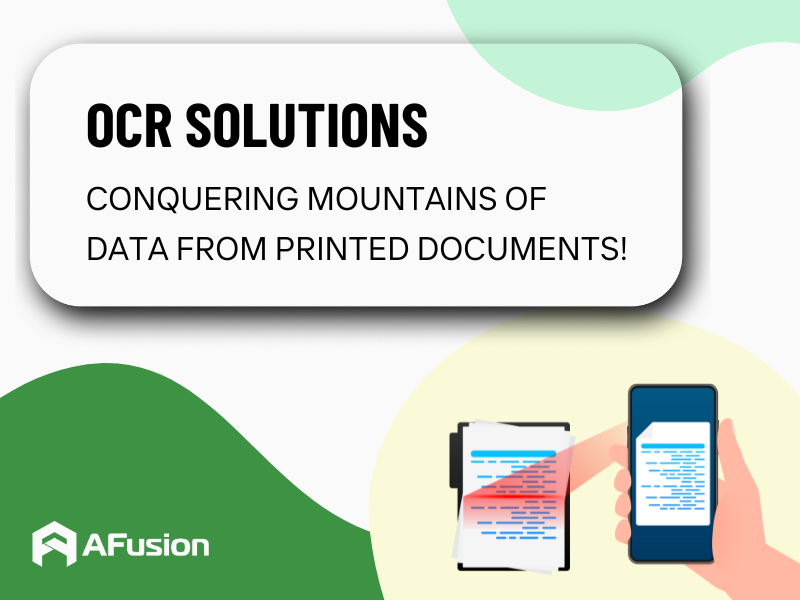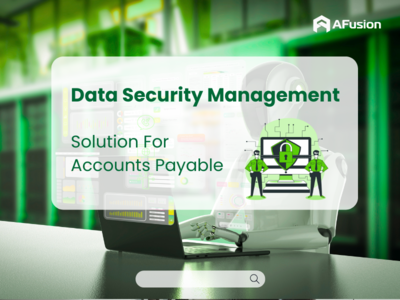Resources > Blog > 26> PO Vs. Non-PO Invoices: Exploring The Difference And Optimizing With Automation
PO Vs. Non-PO Invoices: Exploring The Difference And Optimizing With Automation
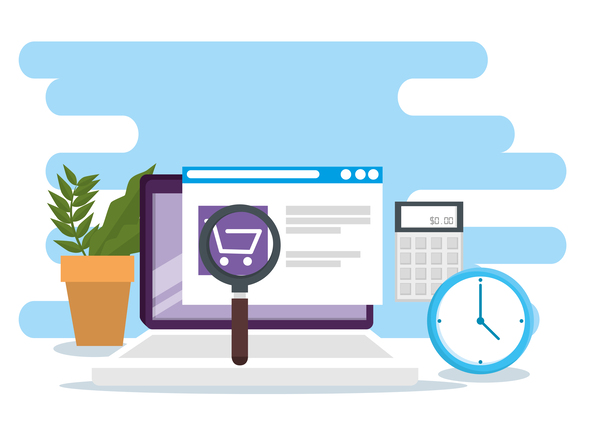
What is a PO Invoice?
A PO invoice (Purchase Order Invoice) is an invoice that accompanies an approved purchase order. This crucial document is created once the purchase order is accepted, and it records the details of the goods or services purchased.When the Finance – Accounting (AP) department receives a PO invoice, they will reconcile it with the original purchase order to ensure accuracy and consistency between the two documents. This process helps avoid discrepancies related to quantities, pricing, or order details. Importantly, PO invoices are typically approved in advance, making the processing quicker and more efficient.Common examples of PO invoices include:
- Invoices from suppliers
- Invoices for received goods
- Invoices for regular purchase transactionsIn other words, purchase transactions made based on an approved purchase order are classified as PO invoices.
These transactions proceed after the procurement team reviews and approves the purchase request. As a result, PO invoices are generally processed smoothly through the AP payment cycle, ensuring greater transparency and better control over the purchasing activities.
What is a Non-PO Invoice?
A Non-PO Invoice is an invoice that does not have an accompanying purchase order. This typically arises from expenses outside of the standard purchasing process and is used to record indirect purchases for the business. Due to the nature of these transactions, Non-PO invoices are often not pre-approved.Additionally, Non-PO invoices may be used to pay suppliers when the invoice falls within the company’s authorized spending limits.Common examples of Non-PO invoices include:
- Reimbursement of employee travel expenses
- Reimbursement of parking or car hire fees
- Service invoices such as cleaning, repairs, or consulting
Non-PO invoices play a critical role in managing unforeseen or incidental expenses, allowing businesses to meet necessary needs without going through a complex purchasing process.
Key Differences Between PO vs. Non-PO Invoices
The primary difference between PO vs. Non-PO invoices lies in the nature of the transaction. PO vs. Non-PO invoices have different processes and characteristics, with PO invoices originating from purchase orders that have been pre-approved and sent to the supplier. This process ensures transparency and tight control, with the invoice being reconciled with the purchase order for verification.Non-PO invoices typically apply to expenses incurred, such as travel costs or non-recurring services. They are often not pre-approved, so they need to be carefully verified before payment.In general, PO invoices are processed faster since they have already been approved, while Non-PO invoices require more verification steps.
PO vs. Non-PO Invoice Purchasing Process
|
PO Invoice
|
Non-PO Invoice
|
|---|---|
|
1. Review and approval of purchase request
The purchasing request is checked by relevant departments to ensure accuracy. After evaluation, it is approved by authorized personnel in the organization. |
1. Identify needs and make purchases
These transactions are generally smaller or spontaneous expenses, or services under a legal contract. These transactions happen as needed without a purchase order process. |
|
2. Purchase order issuance
Once the purchasing request is approved, a formal purchase order is created and sent to the supplier. |
2. Receive invoice from supplier
After goods or services are provided, the supplier sends the Non-PO invoice directly to the company to record the transaction. |
|
3. Supplier confirmation
The supplier receives the purchase order and confirms their ability to fulfill the order. Once agreed, they begin preparing the goods/services for delivery. |
3. Verify the invoice
The finance/accounting team verifies the details of the invoice, ensuring the goods or services were received and the amounts align with the company’s authorized spending limits. |
|
4. Delivery and receipt of goods
The supplier delivers the goods, and the receiving department inspects the products to ensure they match the purchase order terms. |
4. Invoice approval
Since there is no prior purchase order, the Non-PO invoice undergoes an internal approval process. This may involve several approval levels depending on the invoice value and the company’s approval policy. |
|
5. PO Invoice issuance from the supplier
After delivery, the supplier generates and sends the PO invoice, linking it directly to the purchase order number. |
5. Payment of the invoice
After all necessary approval steps, the invoice is processed, and payment is made to the supplier according to the agreed timeline. |
|
6. Invoice verification and payment processing
The PO invoice is carefully reconciled with the purchase order and delivery receipt. If no discrepancies are found, it is approved and forwarded to the finance department for payment. |
|
Automating Invoice Approval with iAutobot

Intelligent 3-Way Matching for PO Invoices
iAutobot supports accurate 3-way matching for PO invoices, ensuring transparency in the process and providing detailed status reports. Managers can track progress and make timely decisions, improving the effectiveness of the AP process.
Using AI, IDP, OCR, and RPA technologies
iAutoBot integrates AI, IDP, OCR, and RPA to optimize the PO vs. Non-PO invoice processing workflow. AI classifies and analyzes data, IDP extracts accurate information from complex documents, OCR digitizes paper invoices, and RPA automates repetitive tasks, reducing errors and speeding up processing.
Automating Non-PO Invoices
For Non-PO invoices, iAutoBot automatically routes invoices to the appropriate approval levels, helping shorten processing times and minimizing the risk of late payments or errors.
Exceptional Results for Businesses
iAutoBot helps businesses save time, reduce costs, and optimize financial processes, enhancing efficiency and competitiveness in the modern business environment.AFusion is proud to be a company offering customized solutions for every business. Whether your business uses PO vs. Non-PO invoices, we can optimize the process. Contact us today!
Read More: The Importance of 2-Way and 3-Way Matching: Time to End Manual Processes
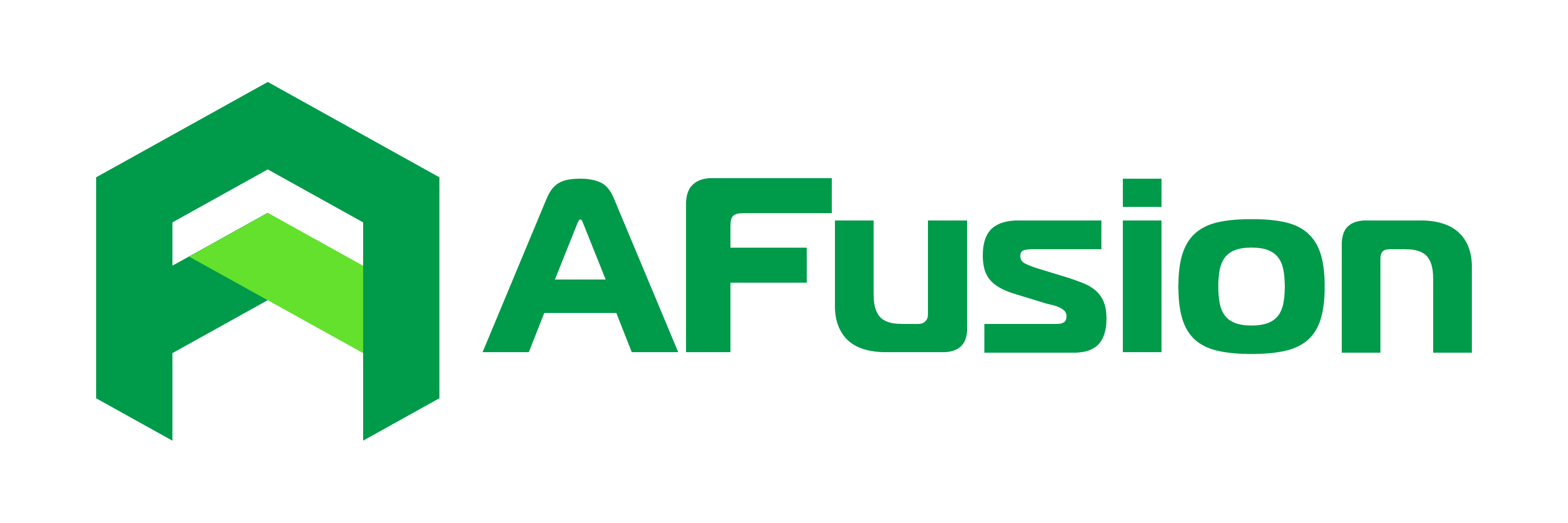


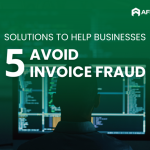 Previous Post
Previous Post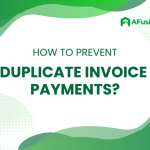 Next Post
Next Post